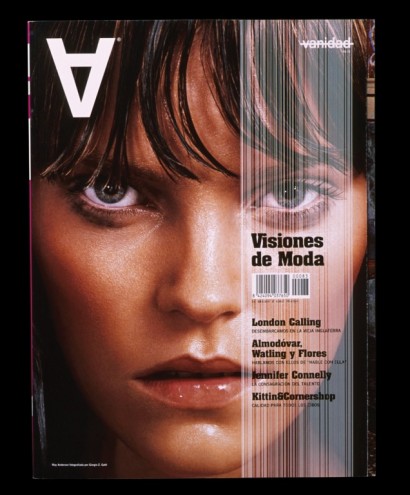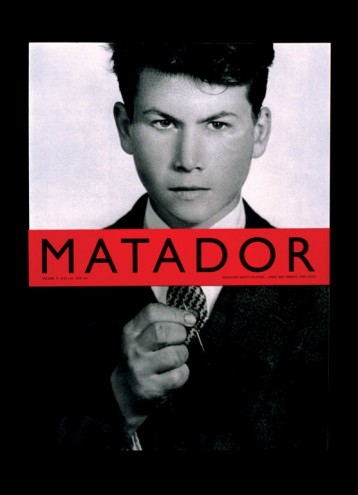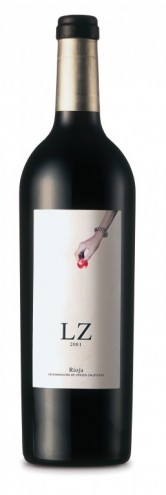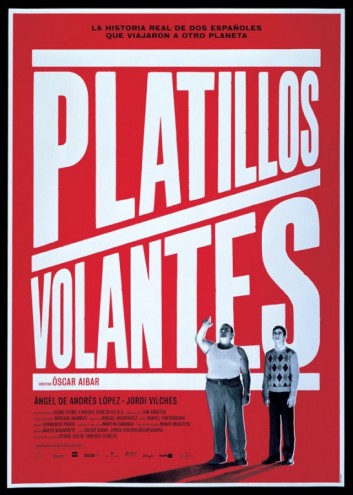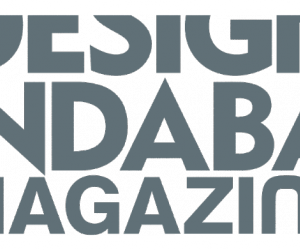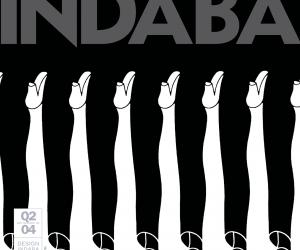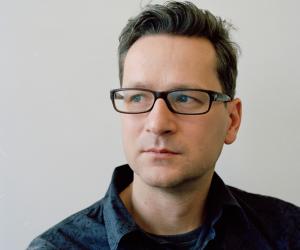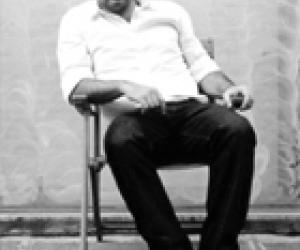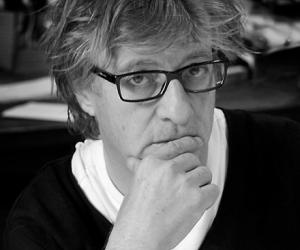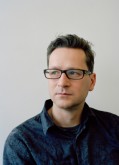Part of the Project
First Published in
Not South Africa under apartheid but Spain under Franco. Like South Africa, Spain has recently emerged from an autocratic regime. In the early 80s, as a consequence of their previous repression, the Spanish people embraced all that their new-found freedoms had to offer, leading to an explosion in creativity.
Into this newly optimistic country came Fernando Gutiérrez, a young graphic designer born in London but with expatriate Spanish parents. "Suddenly people felt everything was possible. They felt part of the world," he remembers. In 1993, Gutiérrez set up Grafica in Barcelona, with fellow designer, Pablo Martín. Previously, he had worked at London's CDT, after graduating from the London College of Printing. It was at college that Gutiérrez first started to explore his heritage through graphics. He did his thesis on Spanish design, discovering how the likes of Mariscal and Peret had coped during the Franco years. He began, he says, to understand the country through its design.
Moving to Spain became "important to me both culturally and just as a person". Once there, he began to discover that the nascent Spanish design industry had its problems, many of which are mirrored by today's South Africa: "The way that the Spanish buy design is totally different [from in the UK]," he explains. "The budgets aren't as big and the big organisations just go straight to the advertising agencies. It's very difficult for a graphic designer to survive."
Nonetheless, Grafica began to establish a notable reputation, principally through its groundbreaking editorial design for Tentaciones, a supplement to the national newspaper, El Pais, aimed at the youth market. "Tentaciones really helped me to establish my name as a graphic designer," Gutiérrez says. With its powerful poster-like front pages, using a single image and moveable masthead, Tentaciones was like nothing else on the market. But producing it involved a great commitment. For a start, the newspaper was produced in Madrid, meaning that Gutiérrez had to commute for hundreds of miles each week. And then there was the time needed to get the design right, which frequently involved working until the early hours of the morning. "I love newspapers and magazines but to do them you have to put in the hours - it's really hardcore," Gutiérrez says. "You have to really live the process, but it's a good test because you have to make decisions fast and you have to live by your mistakes. You can't hide with a newspaper."
With such an enviable portfolio, Gutiérrez began to be profiled in the design press and soon attracted the attention of the legendary design group, Pentagram.
With its founders nearing retirement age, Pentagram had been on the lookout for younger partners to maintain its place at the design world's top table. As a friend of Pentagram's youngest partner, Angus Hyland, Gutiérrez came into the frame: he had met some of the other partners at awards judgings and AGI meetings and so, in 1998, came the first tentative contact in the extended dance that is the Pentagram recruitment process.
Admittance to design's holiest of holies comes only after an exhaustive process of conversations and soundings out as each of the present partners meets the candidate to determine whether they are worthy to join the elite band of partners. The final decision has to be unanimous - if just one partner says no, the invitation is withdrawn.
Eventually, after two years of meetings, Gutiérrez was invited to join Pentagram's London office in 2000 (the year which also saw him become art director of Colors magazine). He remembers feeling both excited and intimidated on his first day: "You wonder, am I as good as them?" he remembers. Now, after nearly four years, he is starting to feel at home: "It's taken time to break the ice, just to get to know the different personalities," he explains.
But he feels that, at last, he is getting into his stride at Pentagram and that, in the coming year, two major projects will take him into new, exciting territory. Magazines and books, he says, were great spaces to experiment and work with interesting photographers and writers, but now the time has come to move on to weightier projects. Last year, he was asked by Madrid's Prado Museum to put together a team to produce its visual communications and environmental graphics, something he describes as a "dream project". And later this year, he will unveil a new identity for regional transport in Asturias, the northern region of Spain where his father is from.
Both projects have allowed Gutiérrez to continue his journey towards self-discovery. Graphic design, he notes, has enabled him not just to meet and work with fantastically talented artists and to travel, but it has also provided the means for him to discover who he is and where he came from. It's more than just a job.

